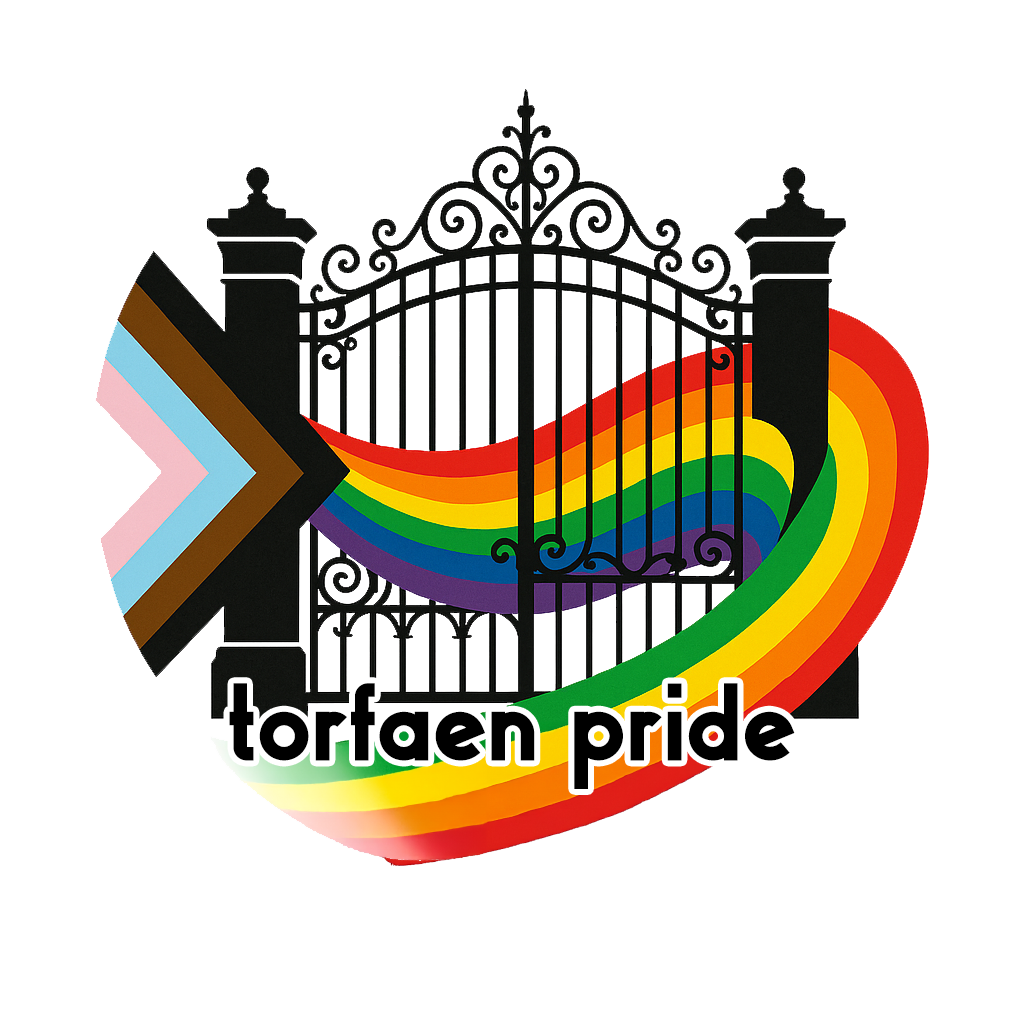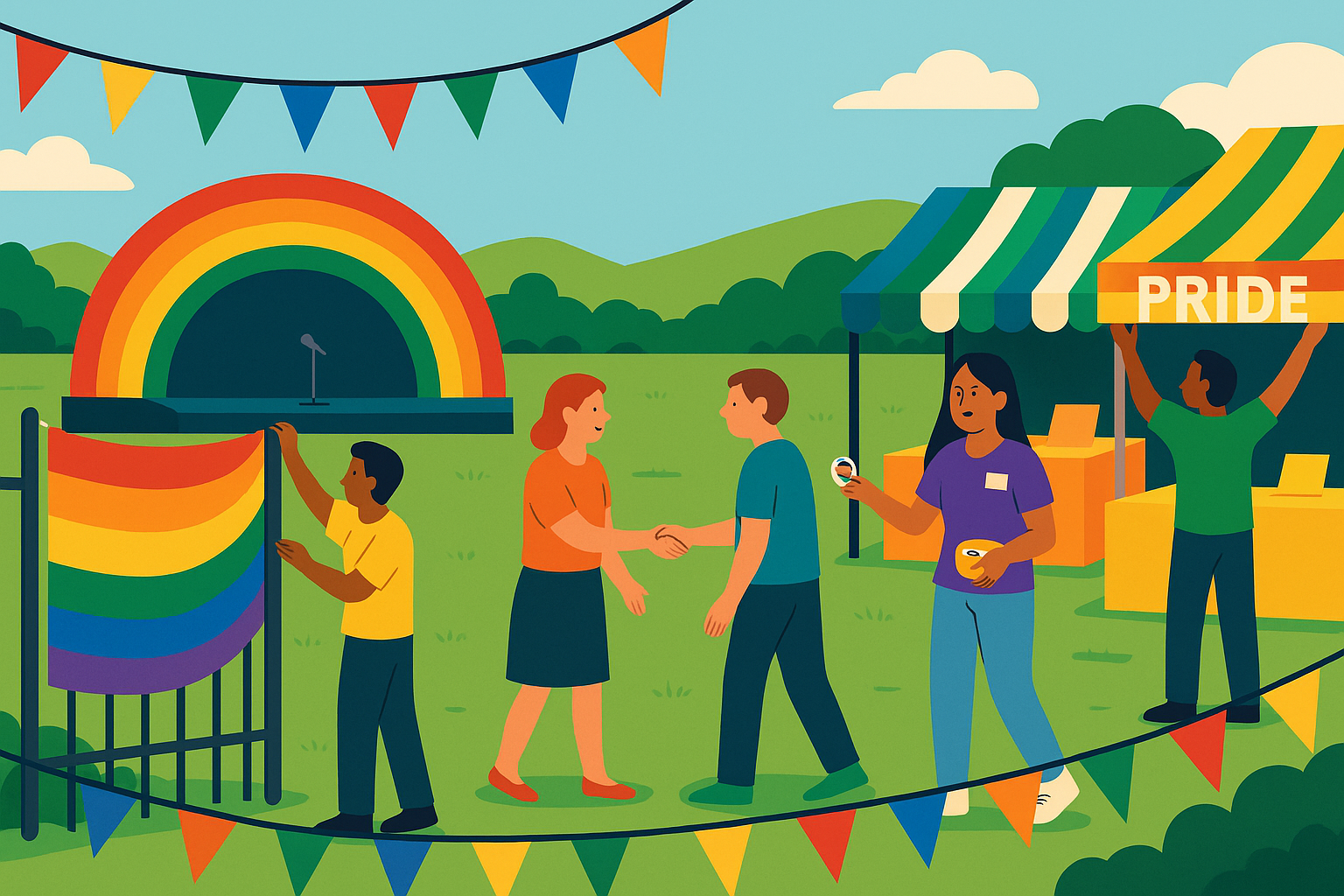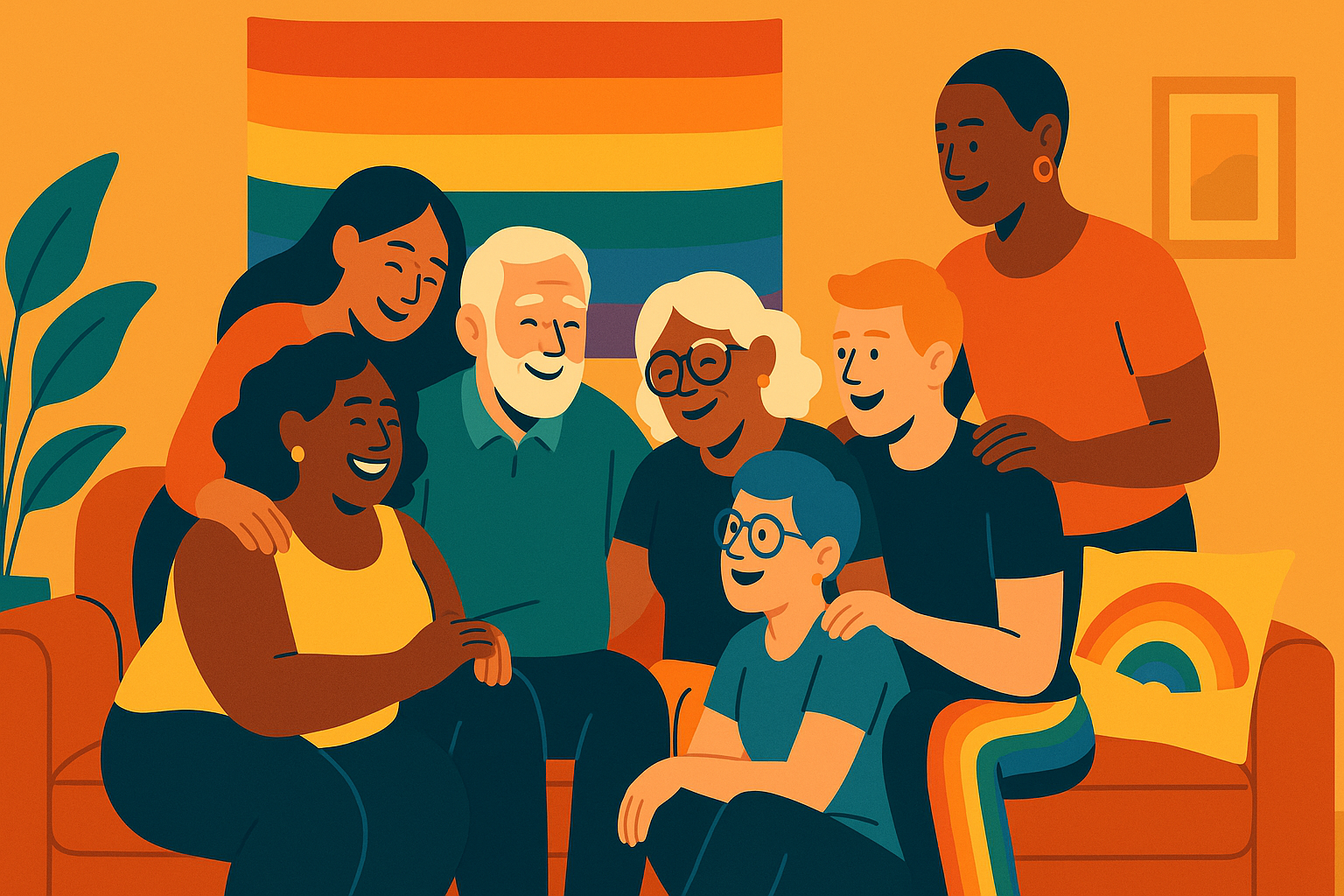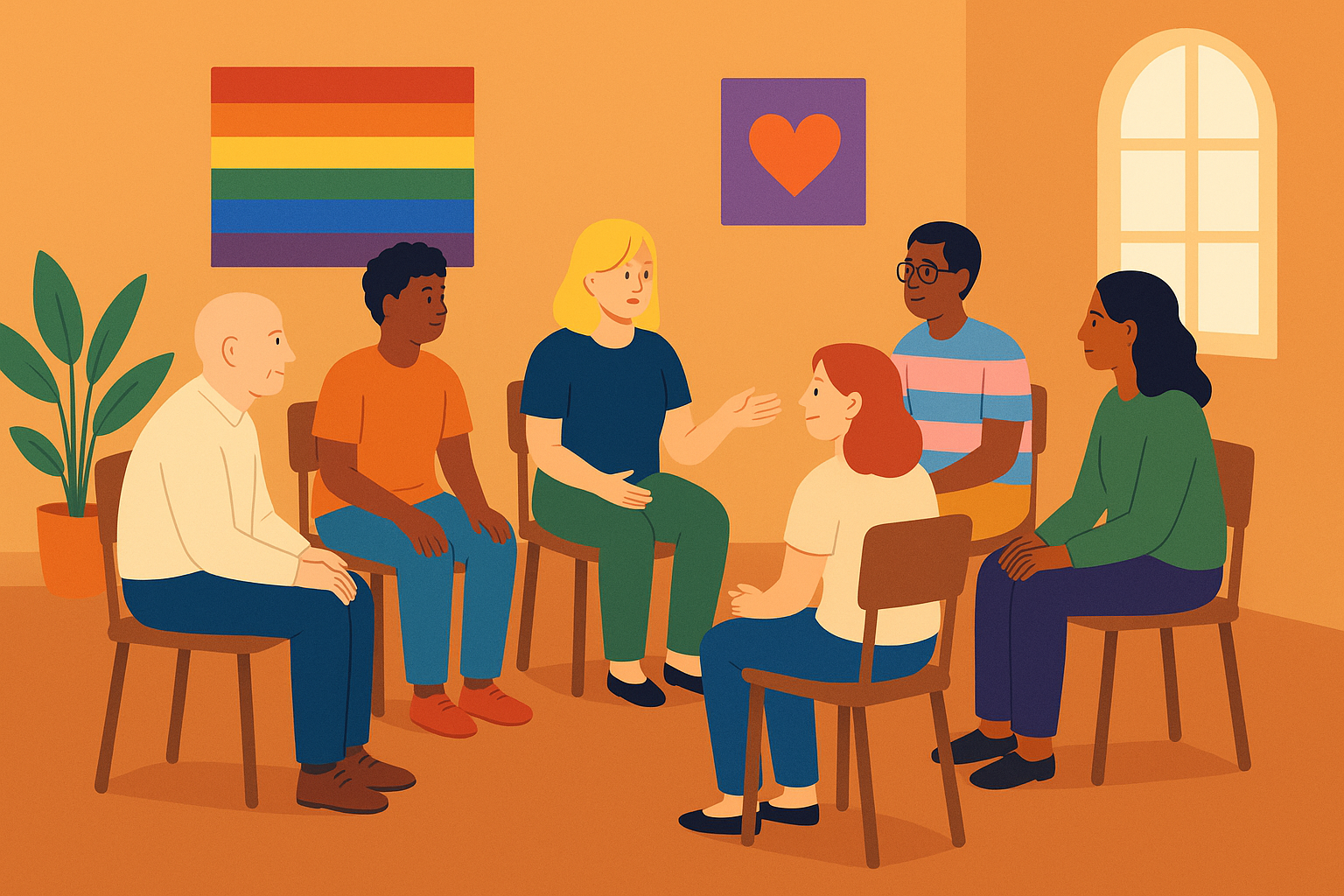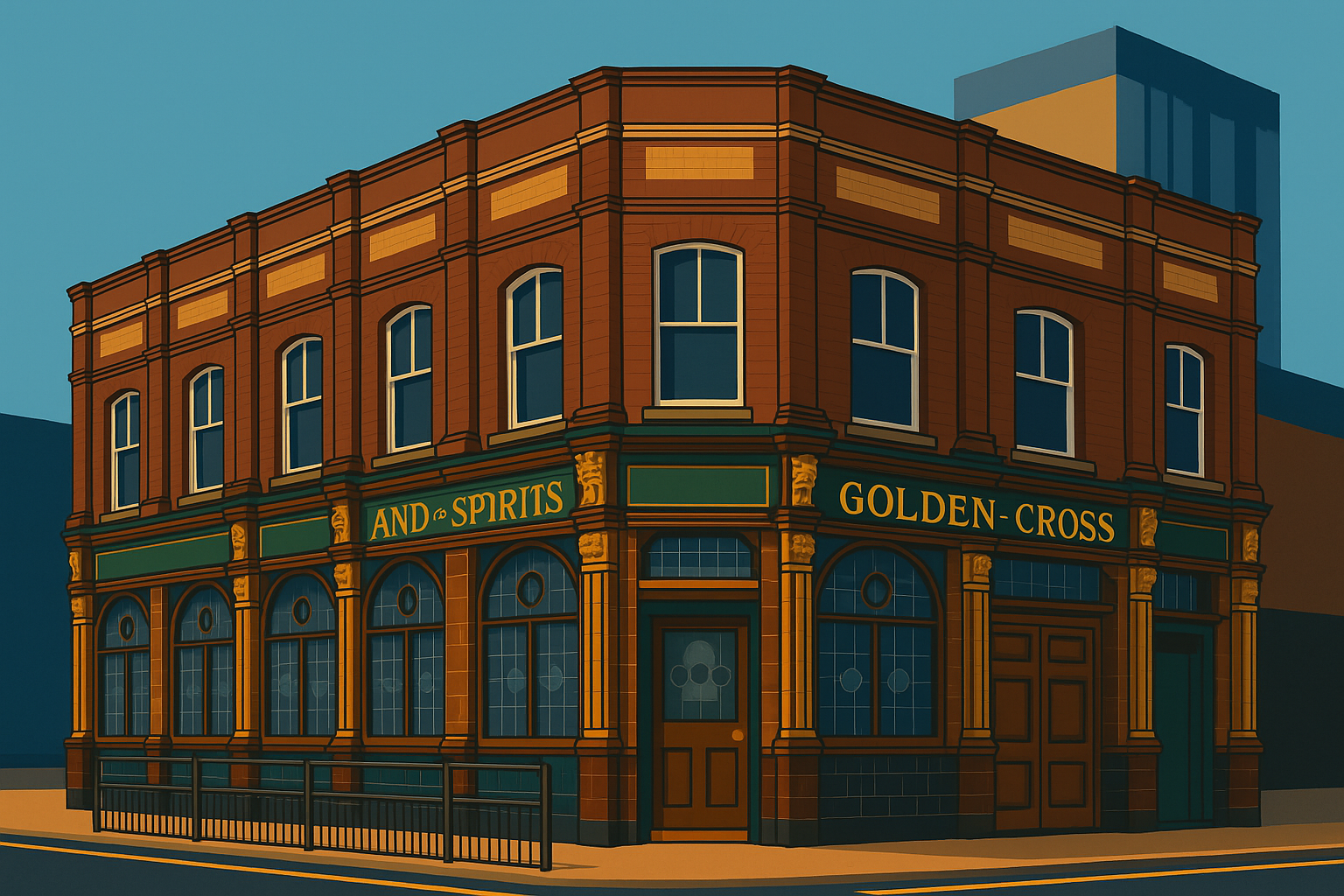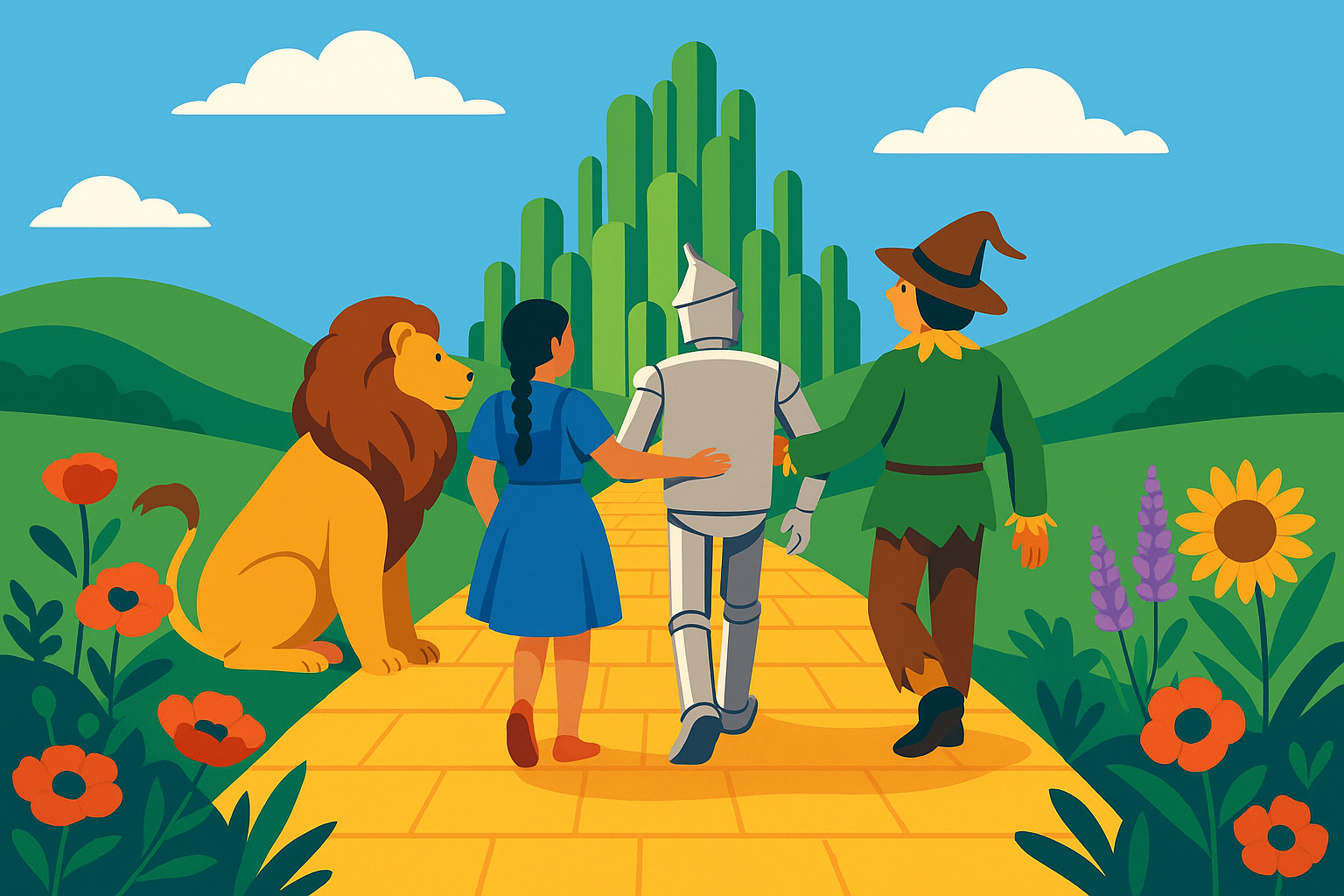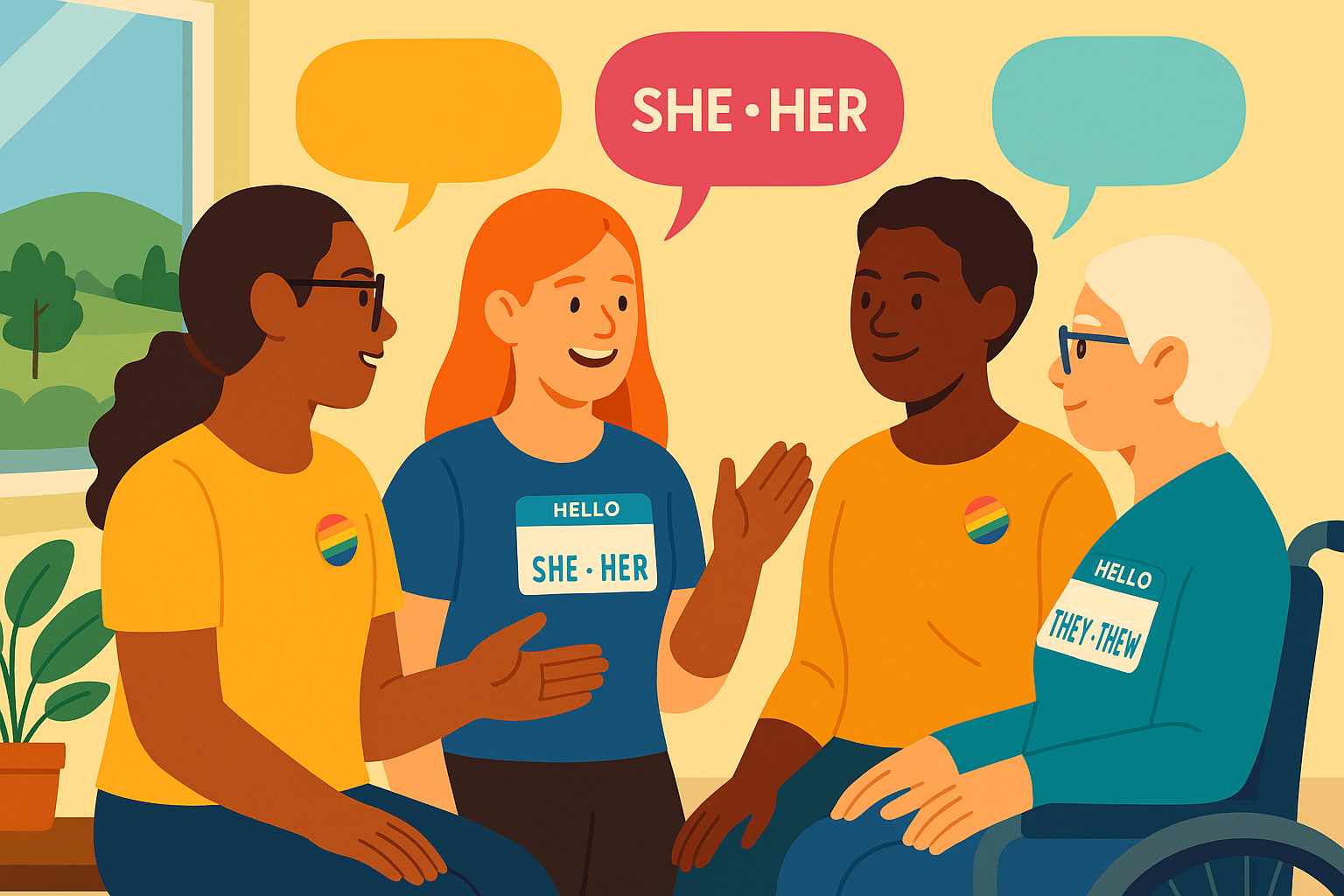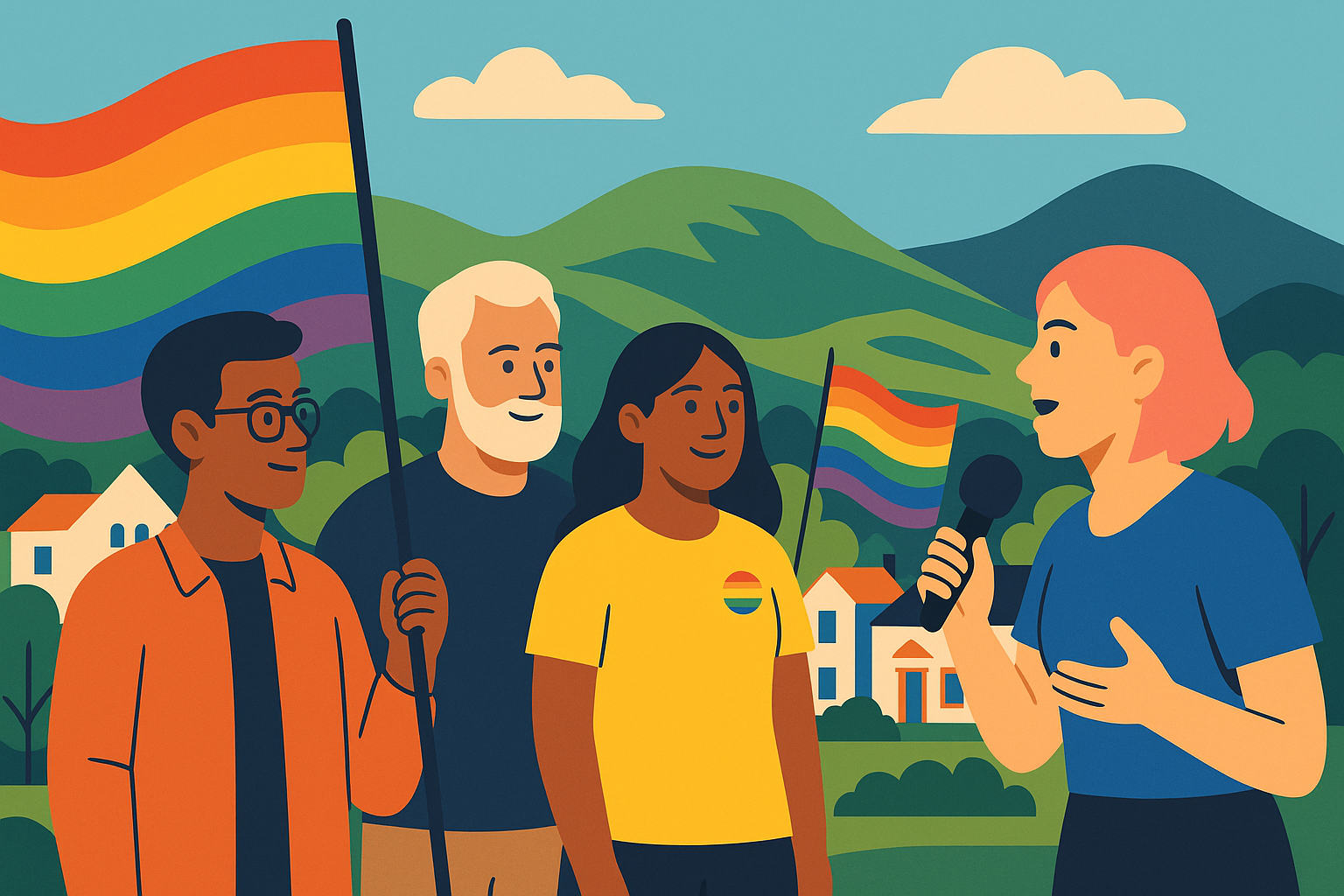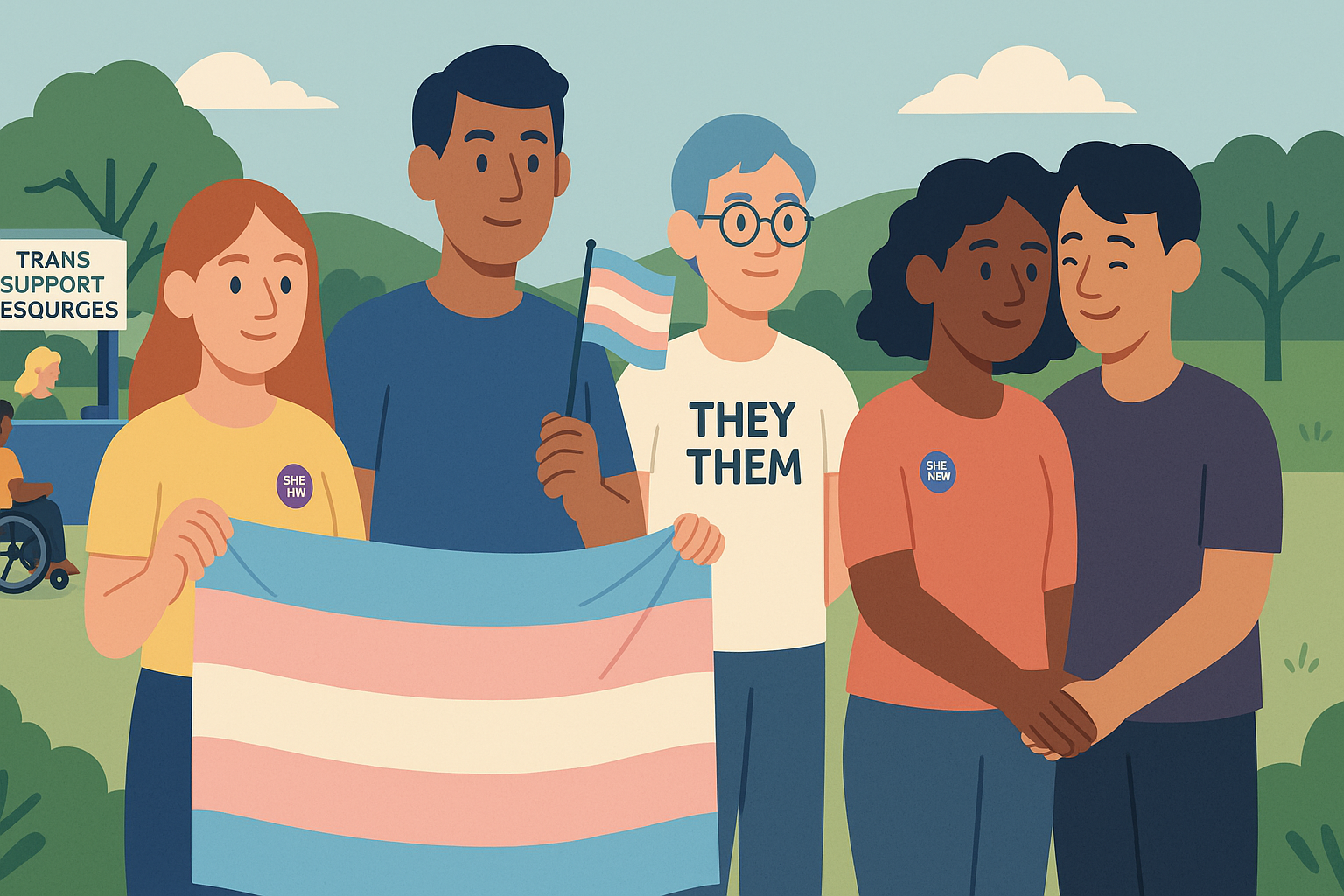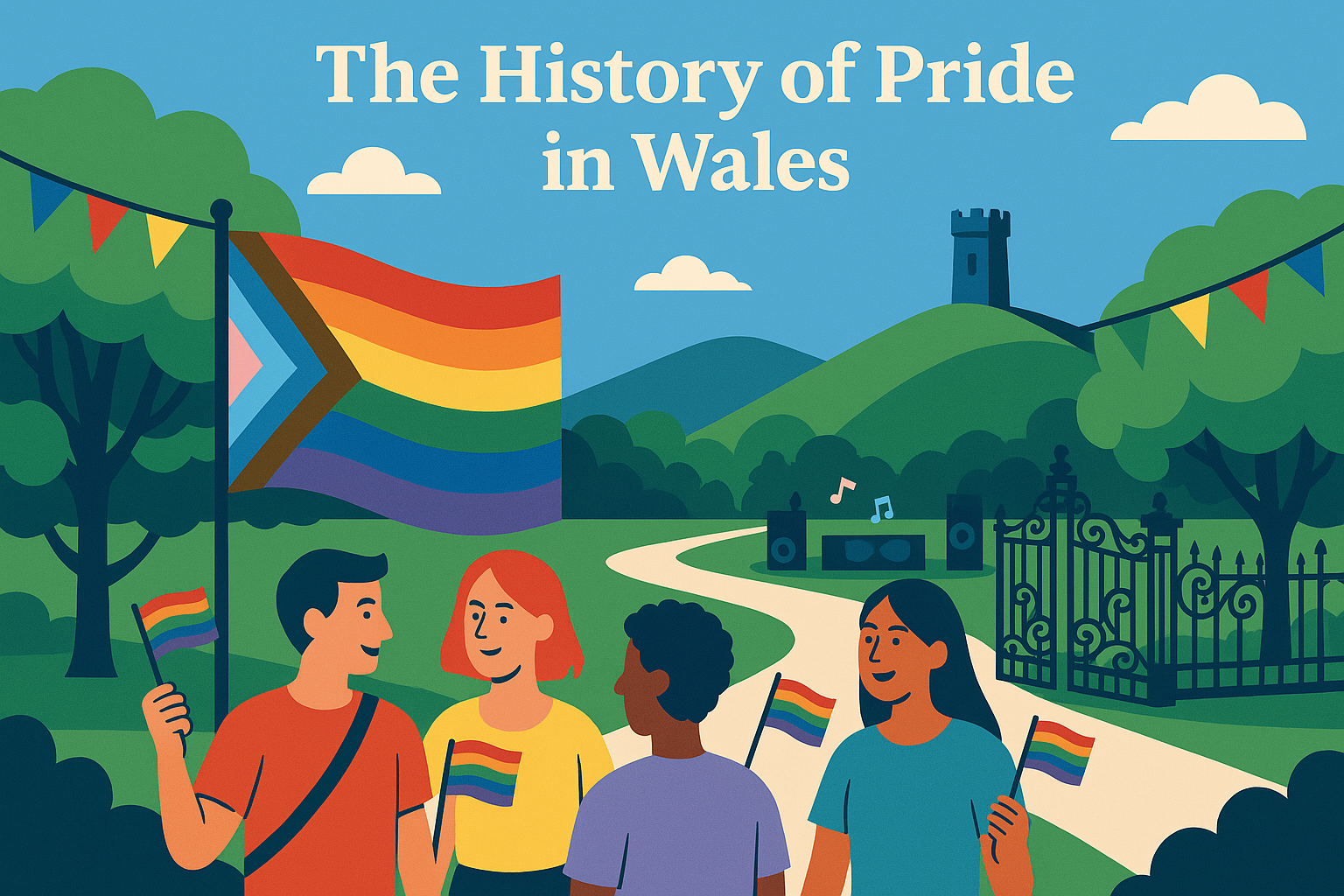Celebrating Bi Visibility Day
Celebrating Bi Visibility Day
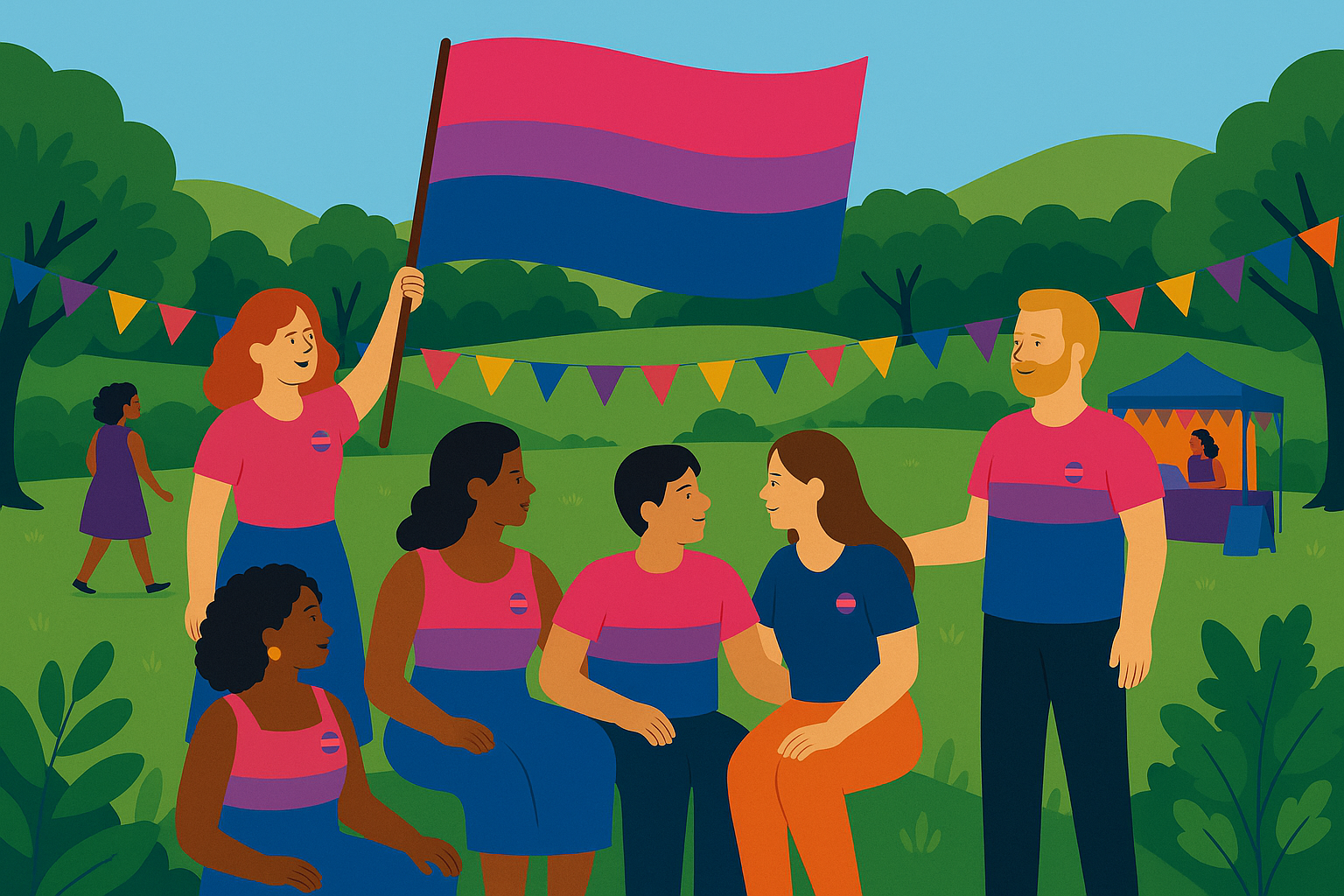
Every year on 23rd September, people around the world come together to mark Bi Visibility Day — a moment to celebrate, uplift, and acknowledge the bisexual community.
As we look ahead to Bi Visibility 2025, this isn’t just about waving flags for a day; it’s about tackling persistent myths, validating real identities, and recognising the unique experiences of bisexual people year-round.
Why Bi Visibility Still Matters in 2025
Despite growing awareness of LGBT+ identities, bisexual people remain one of the most misunderstood and underrepresented groups within the community. Often stereotyped, overlooked, or wrongly labelled, bisexual individuals face distinct forms of bi-erasure — where their identity is dismissed or invalidated.
You may have heard phrases like:
- "You're just confused."
- "It’s just a phase."
- "You have to pick a side."
These assumptions not only deny bisexuality as a valid orientation, but they also contribute to higher levels of anxiety, depression, and social isolation among bi people — particularly those who feel alienated from both straight and gay spaces.
That’s why visibility matters. And not just in name — but in action, in allyship, and in everyday inclusion.
What Is Bi Visibility Day?
First celebrated in 1999, Bi Visibility Day (also known as International Celebrate Bisexuality Day) was created by activists in the United States who wanted to draw attention to the issues facing the bisexual community. Since then, it has grown into a global awareness day.
Stonewall explains why Bi Visibility Day remains so essential.
But visibility is about more than recognition. It’s about respect. About belonging. And about challenging the harmful narratives that erase or minimise bi experiences.
In 2025, as political landscapes shift and cultural conversations evolve, bisexuality remains radically powerful in its fluidity — pushing against rigid binaries and celebrating love, identity, and attraction in all their complexity.
Understanding the Bisexual Umbrella
Bisexuality isn’t one-size-fits-all. It’s often described as attraction to more than one gender — but the exact experience can vary from person to person.
Many people who identify as:
- Bisexual
- Pansexual
- Omnisexual
- Polysexual
- Or simply Queer
…might fall under the broader bisexual umbrella. What unites them is attraction beyond a single gender, and a shared need for spaces where their experiences are seen and respected.
Unfortunately, the lack of bisexual representation in media, health services, and education means that many people don’t see themselves reflected anywhere — even within the LGBT+ community.
This is why visibility is not just symbolic — it’s structural.
Bi Visibility in Wales
Across Wales, bi people are stepping forward, sharing stories, and shaping spaces — but there’s still a long way to go. While Pride events across the country do increasingly recognise bisexuality, specific representation and programming for bi individuals often remains limited.
In response to this, Torfaen Pride — organised by Club F.O.D Cymru — has been intentional about inclusion. Through its programming, visibility efforts, and community-led values, the organisation has worked to make sure that bi+ voices are not lost in the rainbow.
Whether that means flying the bisexual flag alongside others, amplifying local bi activists, or simply offering a safe, non-judgemental space where identity doesn’t have to be explained — the commitment to visibility is ongoing.
Club F.O.D Cymru, in particular, exists to reduce social isolation among LGBT+ people, especially those who may feel overlooked or marginalised. Their work includes talking circles, peer support, and sober-friendly events that welcome everyone under the LGBT+ umbrella, including those who are bi, pan, or questioning.
What Can You Do to Support Bi Visibility?
Being an ally to bisexual people isn’t about having all the answers — it’s about being willing to listen, learn, and challenge assumptions.
Here are some practical things you can do in the lead-up to Bi Visibility 2025:
- Educate yourself on the diversity of bi+ identities and experiences.
- Believe people when they say they’re bisexual — regardless of who they’re dating.
- Challenge bi-erasure when you see it in media, conversation, or policy.
- Include bisexual narratives in LGBT+ discussions, not as a footnote, but as a central thread.
- Support bisexual-led organisations, authors, and creators.
Most importantly: Don’t assume. Ask. Listen. Respect.
Why Bi Visibility 2025 Needs to Be Bigger Than a Day
Visibility days are important — but they should be starting points, not endpoints. For bisexual people in Wales and beyond, what’s needed is consistent inclusion:
- In healthcare services that understand their risks and needs.
- In schools that include bisexual identities in sex and relationships education.
- In mental health support that recognises the unique challenges of bi erasure and stigma.
- In representation that goes beyond stereotypes and offers real, complex, joyful depictions of bi lives.
Organisations like Club F.O.D Cymru are helping drive this shift by embedding inclusion into everything they do — not just in September, but year-round.
And events like Torfaen Pride are proving that small-town Pride can lead the way in centring diverse identities, building safe spaces, and making visibility real.
Final Thoughts
Bi Visibility 2025 isn’t just another awareness campaign — it’s a reminder that bisexuality is valid, powerful, and essential to the full picture of the LGBT+ community.
As we move forward, let’s make sure we’re not just seeing bi people — but hearing them, supporting them, and standing with them.
Because bisexual people exist. They always have. And they always will.
